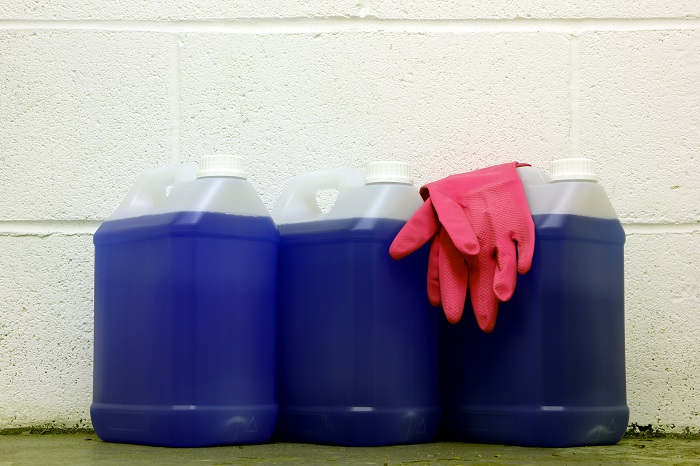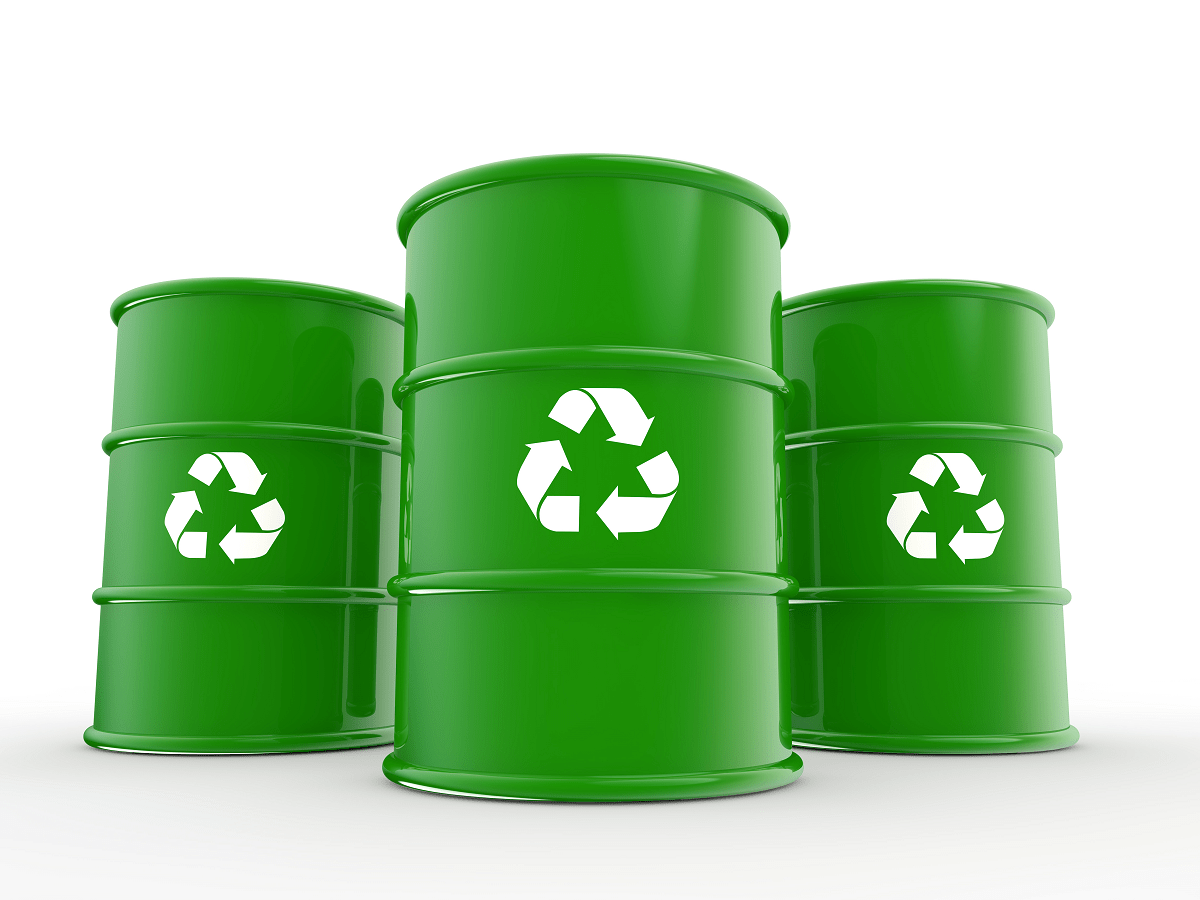As a class of organic solvents, hydrofluoroethers are a type of hydrocarbon with an ether bond. They were introduced in 1996 to help combat the rise...
Blog


CHEMICAL INDUSTRY NEWS
Chemical Chat – Discover What’s New!
Is Technical Grade Alcohol Safe?
When researching isopropyl alcohol, you will find there are three main grades of alcohol purity with technical alcohol being the lowest purity...
Are There Different Grades of Acetone?
If you are in the market for acetone for personal or industrial use, and everything in between, you are probably wondering, are there different...
What Are Food Grade Hydrogen Peroxide Benefits?
Food grade hydrogen peroxide serves many purposes across many industries including medical treatments, personal...
Is Technical Grade Alcohol Safe?
When researching isopropyl alcohol, you will find there are three main grades of alcohol purity with technical alcohol...
Company News

Managed Services
Discover the Latest in Safe and Sustainable Chemical Solutions
Stay informed with Ecolink’s blog! Subscribe now
Chemical Management Information
Stay updated with us
Sign Up for the Latest Updates
Stay informed about chemical supply chain disruptions and emerging innovations to keep your business at the forefront of efficiency and innovation. Uncover new ways to make your business practices more sustainable by incorporating safer products into your cleaning lineup.


























